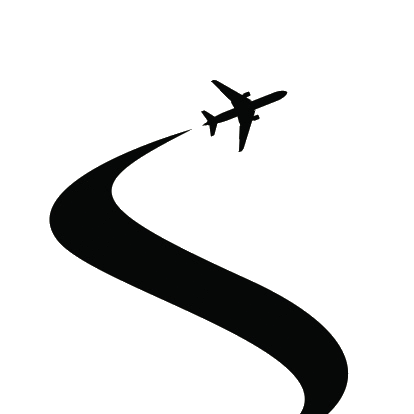Is flying commercial for an Airline - You?
Pilots, flight attendants and all flight crew including onboard mecanics aren't paid like any other hourly worker in other professions.
Despite the fact that professional pilots work 8, 10, 12 hour+ days just like any other professional, they are only compensated for the time considered "in flight." For most flying jobs, unless it's a salaried position, that usually means that they are paid from when the parking brake is released at the departure point until the brake is set upon arrival at the destination.
So, armed with that knowledge, where does that leave us?
Many professional pilots start off flight instructing. Keep in mind that many flight instructors have just graduated from college and/or have recently finished all of their flight training and are now required to start paying back all that debt, which can amount to payments that are several hundred dollars per month. This is also the point where the reality of this profession starts to kick in.
The aviation economy is going strong, airlines are hiring, and you might not have to flight instruct for long.
After flight instructing pilots might find themselves jobs flying charter for a small commercial/corporate flight department or flying freight. Young commercial licensed pilots might will earn an annual salary in the high 20's per year or the low 30's, with benefits like health insurance through their employer.
The next salary ladder is at a regional airline instead of a small commercial/corporate flight department. Entry level wages for a regional airline First Officer range around $20/hour, which equates to around $20,000 per year.
This salary, however, often includes some benefits like health insurance, a meager 401K match, and sick leave.
So the salary remains low, but there are now some benefits attached to that low hourly rate.
Senior First Officers, with at least several years of experience, can expect to make around $30-$40/hour, or $30,000 to $40,000 per year.
You may spend a short period of time as a First Officer, or a long period of time. Once you upgrade to Captain, at most regional airlines you can expect to make in the $35,000 to $50,000 range annually as a new, junior Captain, with the lower rate applying to Captains of turboprop aircraft and the higher rate applying to Captains of turbojet powered aircraft.
A senior regional airline turbojet Captain with 15 to 20 years at his or her regional airline can earn a high 5 figure salary to a low six figure salary, depending upon the airline.
For most major airlines, entry level pay for a entry level First Officer is in the $30,000 to $60,000 range, whereas a senior First Officer can earn in the low six figure range annually. At some financially successful major airlines and cargo carriers, entry level First Officers can earn upwards of $70,000 per year and as a senior First Officer, they can expect to earn in the low six figure range annually as well.
A few airlines still have a defined benefit pension plan, which is financially very valuable.
Becoming a Captain at a large major airline or cargo carrier.
Junior Captains earn around $120,000 to $140,000 per year at major airlines,
and at some financially successful major airlines and cargo carriers, slightly over $200,000 per year.




























